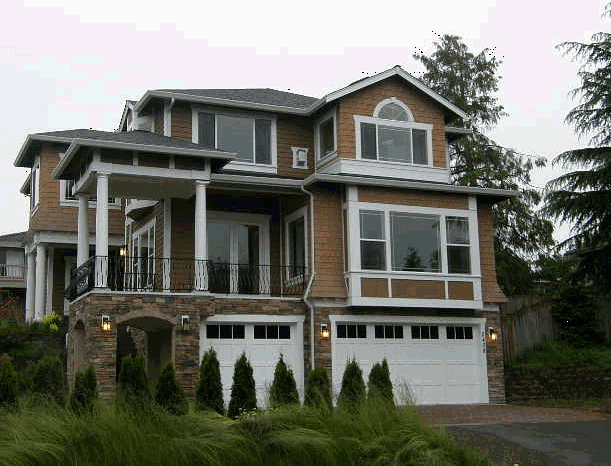In looking at the latest Northwest MLS statistics for King County, it would be tempting to say that our housing market is recovering. But it is an odd mix of data. Single family home sales volumes are up (even better than last year), inventory is down sharply from last year, prices seem to be starting to rise again, and average days-on-market is dropping. That all sounds pretty good. (larger residential stats charts)
(Note that the Northwest Multiple Listing Service neither prepares nor is responsible for these charts – the interpretation is my own.)
But condominium sales are still slow (though rising some), inventory is staying high, and median prices are not rising. That doesn’t sound quite as good. (larger condo stats chart)
What are we to make of this seemingly conflicting data?
What it looks like to me is that we are in the early stages of a housing shortage. While Seattle and the west side have been built out for decades, Bellevue and the east side communities have been absorbing most of the region’s growth for the past 50 years or so. But we passed the Growth Management Act in 1990, and then we added the Critical Areas Ordinances. As a result, it has become harder and harder to get permits for housing developments of any significant size. In fact it appears that over the last 10 years or so it has become far easier to get a permit for a 100-unit condominium high-rise than for a 100-home residential development. The rate of application for new building permits “fell off a cliff







